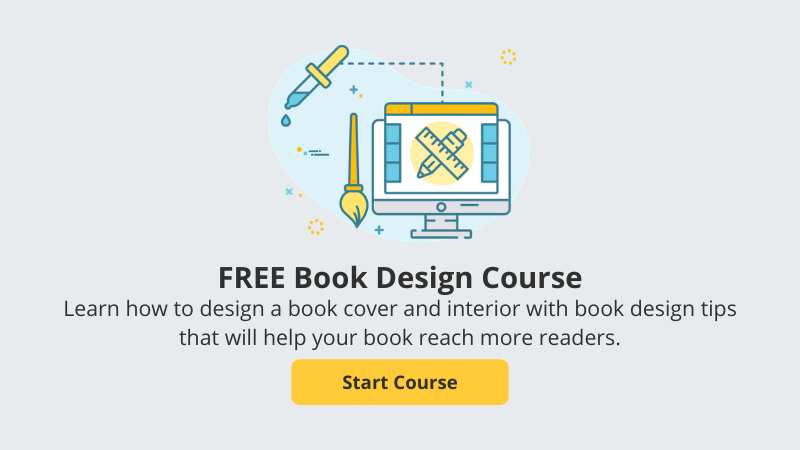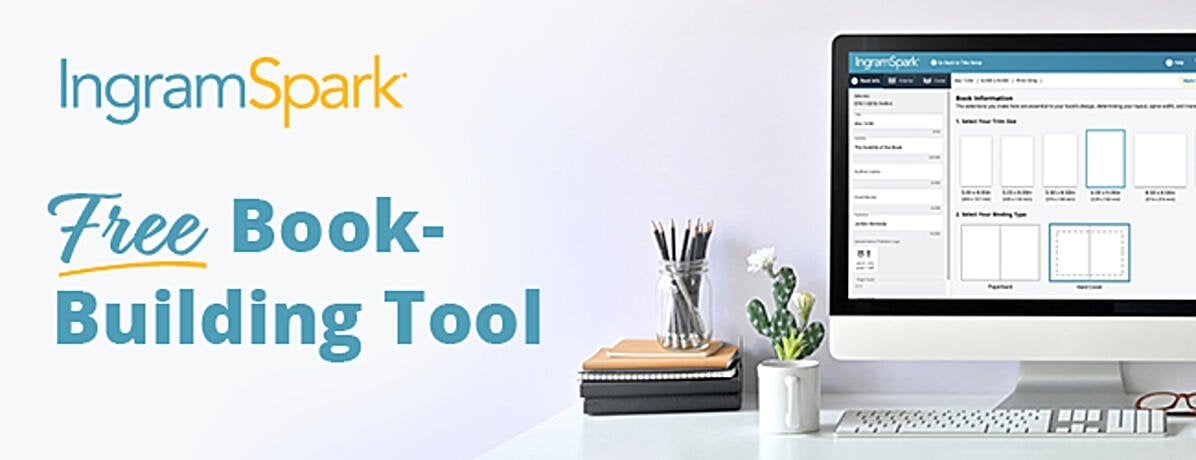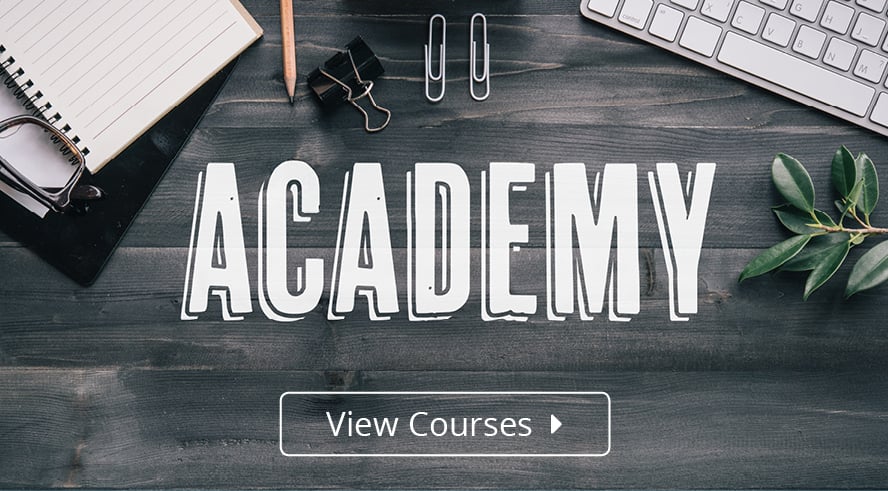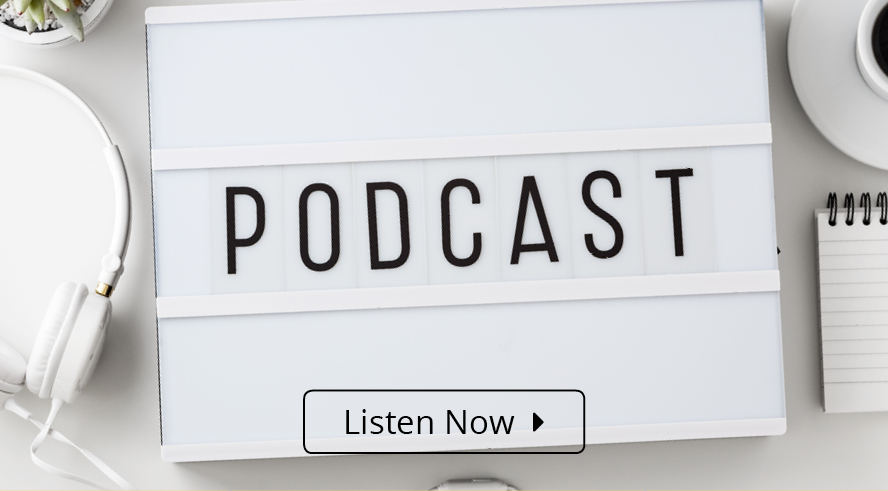The ebooks vs print books debate is a very popular one within the publishing industry. There are loyalists on both sides. There are people who believe that print books are dead (which they've said for years now . . . definitely not dead; very far from dead). And with a normalization in ebook sales, some are saying it's time to ditch the digital format (also false). We believe in both formats and here's why.
Reading Preferences
Similarly to how you may have a personal format preference, so might your readers, and you shouldn't assume you know how they prefer to consume your content unless you've already tested it. One of the best ways to maximize your book's potential success is to offer it in multiple formats. Limiting your book to one format cuts your audience based on how they like to read and also how they like to shop. If I exclusively look for books in the Apple Books store, I won't find your print book. If I exclusively look for books in my local independent bookstore, I won't find your ebook.
Wondering how to make your cover stand out? Find out everything you need to know in The Ultimate Guide to Master Your Book Cover Design.
And then you have hybrid readers. The integral role digital publishing has played in the rise of independent publishing has led to heated debate regarding whether such indie books are more likely to attract print readers or digital readers. Naturally, some authors and readers are dedicated to a particular style of reading and rarely deviate from that preference. However, studies have shown that the majority of consistent ebook readers also regularly purchase print books as well. These hybrid readers seem to make buying choices situationally; for instance, an avid reader might enjoy a physical paperback for reading at a park or while relaxing at home, then switch to an e-reader while traveling with limited luggage space or in a dark area where frontlit screens come in handy.
Supplemental Content
Many book buyers today use e-readers and tablets as an alternative or supplement to traditional print books. Because ebooks can be less expensive to produce, some authors use them to help determine interest in their content before committing to a printed version or use them as free digital giveaways to help build their author platform before producing print copies. The beauty of print on demand is that your books are printed when they're ordered so that you don't have excess inventory or risk producing unsold copies.
Certain genres in particular have been adopted by digital readers, including science fiction, paranormal fiction, and romance. Many of the greatest "rags-to-riches" stories in the independent publishing world originated in these niche interest groups and developed a dedicated fan base before spilling into the general market of readers.
So when it comes to ebooks vs print books, consider how your book fits into the situational preferences of your particular audience. Many authors publish their books in a single format only, and while this approach might also work for your book, the prevailing philosophy supports publishing your book in as many different formats as possible, with the goal of making your book accessible to as many different readers as possible. IngramSpark supports hardcovers, paperbacks and ebooks and uploading a print book and an ebook into your account at the same time costs the same amount as just uploading a print book alone. While we recommend not limiting your book to one format, it is ultimately up to you to make the best decision for you and for your book.




.jpg)








